Welcome to 5 Favorites. Each week, I will put together a list of my 5 favorites (films, performances, whatever strikes my fancy) along with commentary on a given topic each week, usually in relation to a specific film releasing that week.
In the 100-plus 5 Favorites posts I’ve done, I’ve focused primarily on actors, rarely on directors, and never before on the artists behind films. That changes with Dune. Denis Villeneuve’s filmic adaptation of Frank Herbert’s popular sci-fi novel, stars actors who either have short filmographies or whom I’ve covered before with few exceptions. Since the film looks to be one of the most visually sumptuous films in recent years, I thought it only fitting that I look at the artists behind the film and look at their best previous efforts.
I’ll start with the person most responsible for the film itself, the director. While I’ve highlighted the entire filmographies of directors before, Denis Villeneuve, while impressive, hasn’t had as long a career as the ones I’ve covered previously. As such, I’ve chosen him to lead off the list. I then looked at all of the most important positions in a film crew and opted to highlight four of them: composer Hans Zimmer (who could honestly have his own entire article), editor Joe Walker, production designer Patrice Vermette, and costume designer Jacqueline West.
C.R.A.Z.Y. (2005)
Jean-Marc Vallée had directed three films prior to this feature, his screenwriting debut, but it was only after the release of this film that his star began to rise outside of his native Canada. C.R.A.Z.Y. tells the coming-of-age story of a young gay teen in a heteronormative world. Based on his own experiences in youth, Vallée’s film has an intense humanity that few films in the 2000s were willing to evoke, especially in service of a gay youth. Set primarily in the 1970s, the film gives production designer Patrice Vermette plenty of room to maneuver in terms of creative energy and thematic expression through the various wall posters and decors of the homes and environs in which the characters live.
The film is far more than just a traditional coming out story. While it employs elements and techniques that have become overly familiar in modern cinematic language for such productions, C.R.A.Z.Y. seemed well ahead of its time in that regard, taking the audience on a journey of growth and understanding. The quiet passion and intensity of the film makes it an ambitious and accessible story, enabled by the wonderful, evocative performance of star Marc-André Grondin. The strangest part about the film’s success both with critics and audiences is that it, to this day, has never seen traditional theatrical release in the United States.
The Curious Case of Benjamin Button (2008)
Based on a short story by F. Scott Fitzgerald, director David Fincher tackles the strange tale of Benjamin Button with warmth and creative energy. The story surrounds the title character played by Brad Pitt as he is born an old man and as time moves forward, gets younger and younger. As he de-ages, those around him age normally, including the love of his life (Cate Blanchett) and his adoptive mother (Taraji P. Henson).
This fascinating tale takes the audience on its bizarre journey allowing them to ask whether youth is indeed wasted on the young and if we might not be happier were we to live life in reverse. The flow of time here is linear and Jacqueline West’s costume design evokes the early twentieth century from the end of World War I through World War II and into the 1970s and 1980s. This vast time span gives her tons to work with and it’s among the film’s best elements, which include its makeup effects, visual effects, production design, and narrative. Pitt, Blanchett, and Henson are all tremendous in the film and it may well be Fincher’s most earnest, heartfelt, and approachable features.
Inception (2010)
Trying to select a film that best highlights Hans Zimmer’s compositions was a challenge as films like Driving Miss Daisy, The Lion King, and The Thin Red Line would have all been worthy selections. Yet, with Inception, Hans Zimmer made a shift into science fiction soundscapes that felt distinctive and original to his oeuvre even if strains from his work can be heard in older and newer productions.
The film is Christopher Nolan’s most impressive work with a mind-twisting narrative that follows a professional thief (Leonardo DiCaprio) as he explores new ways to fleece his targets, through a process known as Inception. In a series of scientific and mental exercises, he and his cohorts delve into the minds of their targets, implanting regressive memories that enable their successful enterprises. Of course, things go terribly awry and what should be a simple job ultimately turns into something significantly more.
The film is a delight to watch and is easy to follow in spite of its intertwining narrative. The cast is superb as are the technical marvels behind the film. Apart from the mind-bending visual effects, the soundscape of the film is its most impressive element and Zimmer’s creative score helps underline and accentuate those moments giving the film a pulse of its own.
Shame (2011)
What do masterworks Shame, 12 Years a Slave, Arrival, and Blade Runner 2049 have in common? Film editor Joe Walker. Walker’s fruitful partnership with Steve McQueen is the primary reason for his inclusion here and while it would be great to talk more about the seminal work that is 12 Years a Slave, his most challenging editing effort might well have been McQueen’s prior film, Shame.
Working with McQueen is a privilege in itself, but his ability to seek out talent and use them to their capable best is one of his most admirable traits. Among his best “discoveries” is Michael Fassbender who stars here as a sex addict trying to live a normal life while his libido threatens to wreck his career. Carey Mulligan delivers a terrific performance as his sister, but Fassbender is on an entirely different level exploring the depth and difficulty of a type of addiction that is seldom discussed or given adequate attention, especially in cinema. Everything about this film is brilliant and Walker’s fascinating editing work is among its best elements, though Mulligan, Fassbender, and McQueen are ultimately far more important to the film’s success.
Blade Runner 2049 (2017)
Having mentioned Walker’s work on Blade Runner 2049, it highlights the fruitfulness of his partnership with director Denis Villeneuve. Walker’s work has brought a great deal of cohesion to Villeneuve’s films with this picture, to date, being their most impressive effort. The film is a sequel to 1982’s Blade Runner, a classic neo-noir sci-fi masterpiece. Ford reprises his role as Rick Deckard, but it’s Ryan Gosling as K who sits at the center of this outing’s narrative. K is a replicant, a bioengineered human whose work for the LAPD is intended to seek out older replicants that aren’t encoded with the overriding software that makes the newest batch more malleable.
As the film’s narrative expands, we learn there are more insidious machinations going on behind the scenes as the machines that K is attempting to eradicate may have adapted to the point where they can produce offspring, a presumed-dangerous affectation that could limit society’s perception of these replicants as soulless automatons, only able to execute programming instructions and not have humanity themselves. The film is a fascinating exploration of our society’s obsession with perfection and the creation of human life outside the limitations of nature and asks us all to question at what point man and machine diverge and at when either can truly achieve that concept of humanity.


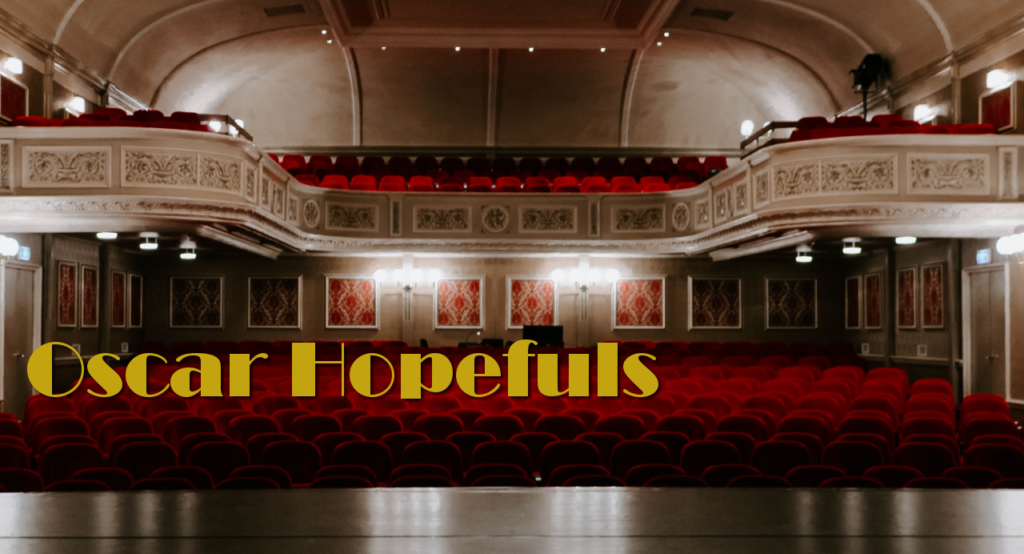


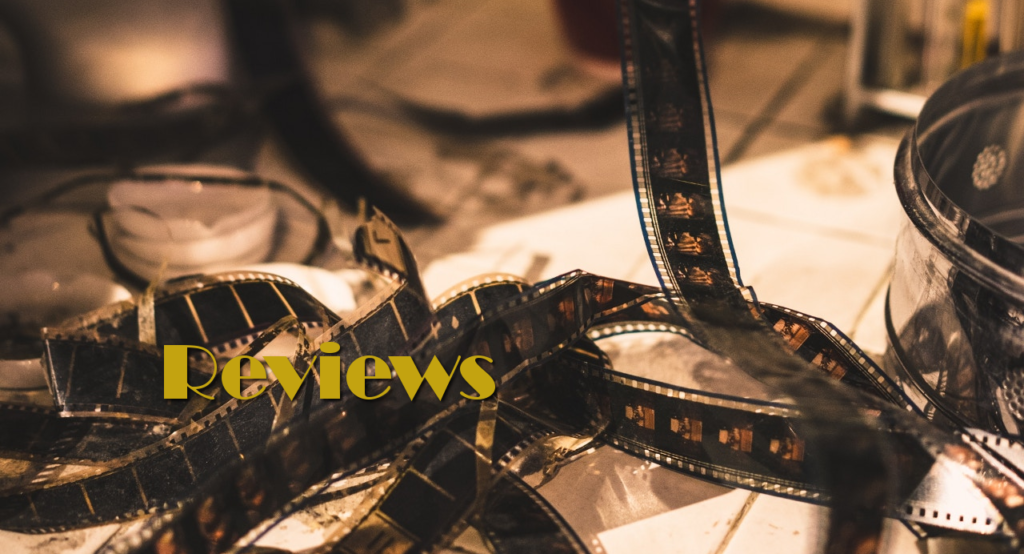
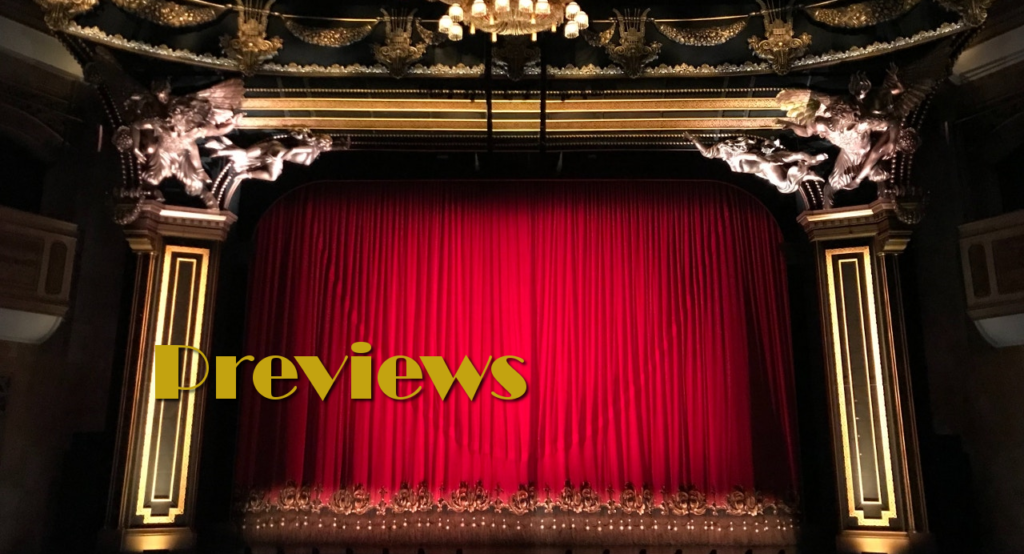





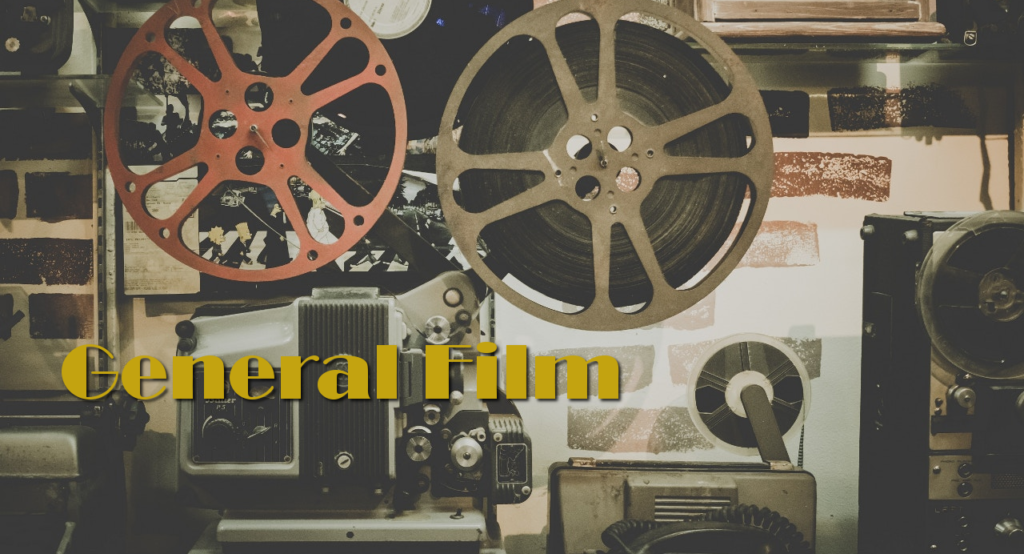

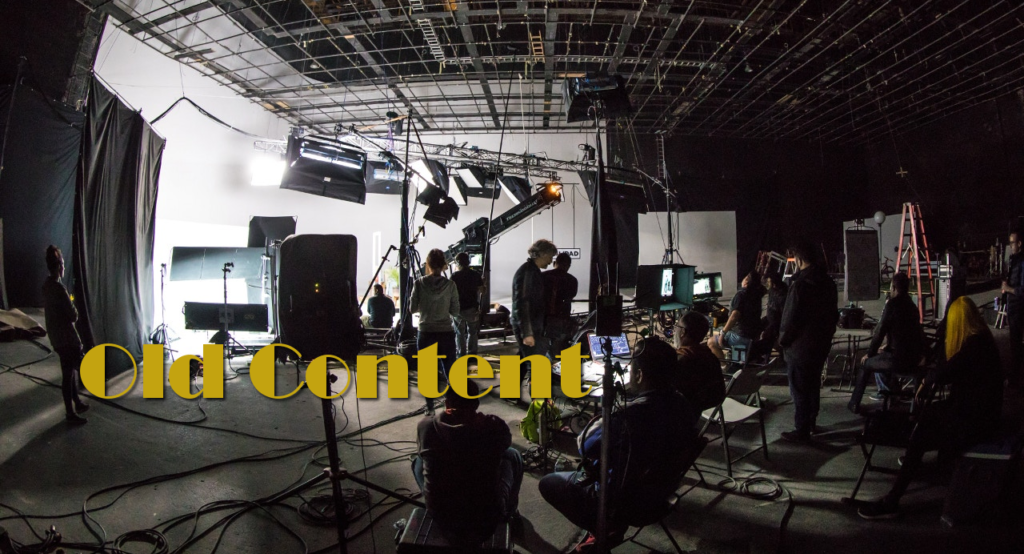
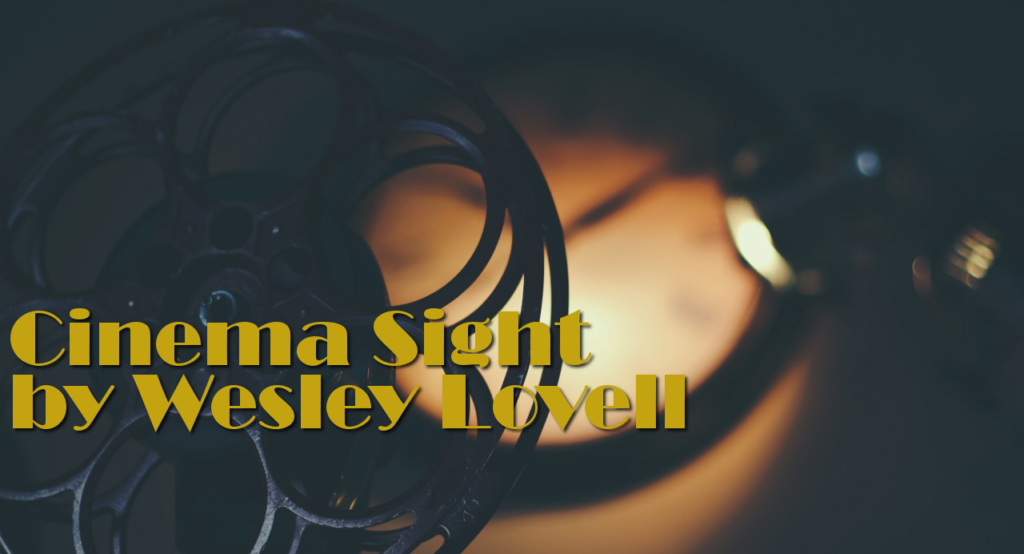


Leave a Reply